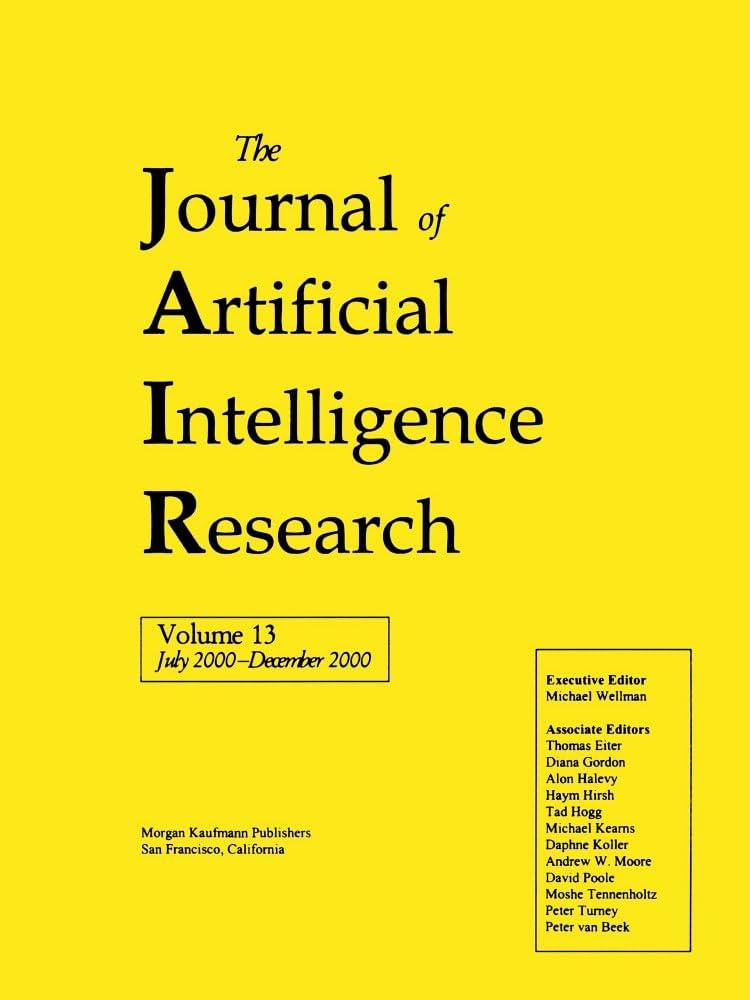如何DP-fy ML:具有差分隐私的机器学习实用指南
IF 4.5
3区 计算机科学
Q2 COMPUTER SCIENCE, ARTIFICIAL INTELLIGENCE
引用次数: 34
摘要
机器学习(ML)模型在现实世界的应用中无处不在,并且一直是研究的焦点。现代ML模型变得更复杂、更深入、更难以推理。与此同时,社区已经开始意识到保护这些模型中训练数据隐私的重要性。差分隐私(DP)已经成为对数据匿名化进行正式声明的黄金标准。然而,虽然在工业中已经采用了一些DP,但将DP应用于现实世界复杂ML模型的尝试仍然很少。DP的采用受到以下方面有限的实际指导的阻碍:DP保护需要什么、隐私保证的目标是什么,以及为ML模型实现良好的隐私-效用-计算权衡的困难。调优和最大化性能的技巧分散在论文中或存储在实践者的头脑中,特别是关于超参数调优的挑战性任务。此外,关于如何以及是否应用架构调整以及哪些组件对DP是“安全的”,文献似乎提出了相互矛盾的证据。在这篇调查论文中,我们试图创建一个独立的指南,对DP ML领域进行深入的概述。我们的目标是收集有关实现具有严格隐私保证的最佳DP ML模型的信息。我们的目标受众是研究人员和从业人员。对ML的DP感兴趣的研究人员将受益于当前进展和改进领域的清晰概述。我们还包括以理论为重点的部分,强调隐私会计和收敛等重要主题。对于从业者来说,本调查提供了数据保护理论的背景知识,并为选择适当的隐私定义和方法、实现数据保护培训、可能更新模型架构和调优超参数提供了清晰的分步指南。对于研究人员和从业人员来说,一致和全面地报告隐私保证是至关重要的,因此我们提出了一套具体的最佳实践来说明保证。通过足够的计算和足够大的训练集或补充的非私有数据,通常可以实现良好的准确性(即几乎与非私有模型一样好)和良好的隐私性。即使在计算和数据集大小有限的情况下,使用弱(但仍然有限)的正式DP保证进行训练也有好处。因此,我们希望这项工作将促进DP ML模型的更广泛部署。本文章由计算机程序翻译,如有差异,请以英文原文为准。
How to DP-fy ML: A Practical Guide to Machine Learning with Differential Privacy
Machine Learning (ML) models are ubiquitous in real-world applications and are a constant focus of research. Modern ML models have become more complex, deeper, and harder to reason about. At the same time, the community has started to realize the importance of protecting the privacy of the training data that goes into these models.
Differential Privacy (DP) has become a gold standard for making formal statements about data anonymization. However, while some adoption of DP has happened in industry, attempts to apply DP to real world complex ML models are still few and far between. The adoption of DP is hindered by limited practical guidance of what DP protection entails, what privacy guarantees to aim for, and the difficulty of achieving good privacy-utility-computation trade-offs for ML models. Tricks for tuning and maximizing performance are scattered among papers or stored in the heads of practitioners, particularly with respect to the challenging task of hyperparameter tuning. Furthermore, the literature seems to present conflicting evidence on how and whether to apply architectural adjustments and which components are “safe” to use with DP.
In this survey paper, we attempt to create a self-contained guide that gives an in-depth overview of the field of DP ML. We aim to assemble information about achieving the best possible DP ML model with rigorous privacy guarantees. Our target audience is both researchers and practitioners. Researchers interested in DP for ML will benefit from a clear overview of current advances and areas for improvement. We also include theory-focused sections that highlight important topics such as privacy accounting and convergence. For a practitioner, this survey provides a background in DP theory and a clear step-by-step guide for choosing an appropriate privacy definition and approach, implementing DP training, potentially updating the model architecture, and tuning hyperparameters. For both researchers and practitioners, consistently and fully reporting privacy guarantees is critical, so we propose a set of specific best practices for stating guarantees.
With sufficient computation and a sufficiently large training set or supplemental nonprivate data, both good accuracy (that is, almost as good as a non-private model) and good privacy can often be achievable. And even when computation and dataset size are limited, there are advantages to training with even a weak (but still finite) formal DP guarantee. Hence, we hope this work will facilitate more widespread deployments of DP ML models.
求助全文
通过发布文献求助,成功后即可免费获取论文全文。
去求助
来源期刊

Journal of Artificial Intelligence Research
工程技术-计算机:人工智能
CiteScore
9.60
自引率
4.00%
发文量
98
审稿时长
4 months
期刊介绍:
JAIR(ISSN 1076 - 9757) covers all areas of artificial intelligence (AI), publishing refereed research articles, survey articles, and technical notes. Established in 1993 as one of the first electronic scientific journals, JAIR is indexed by INSPEC, Science Citation Index, and MathSciNet. JAIR reviews papers within approximately three months of submission and publishes accepted articles on the internet immediately upon receiving the final versions. JAIR articles are published for free distribution on the internet by the AI Access Foundation, and for purchase in bound volumes by AAAI Press.
 求助内容:
求助内容: 应助结果提醒方式:
应助结果提醒方式:


